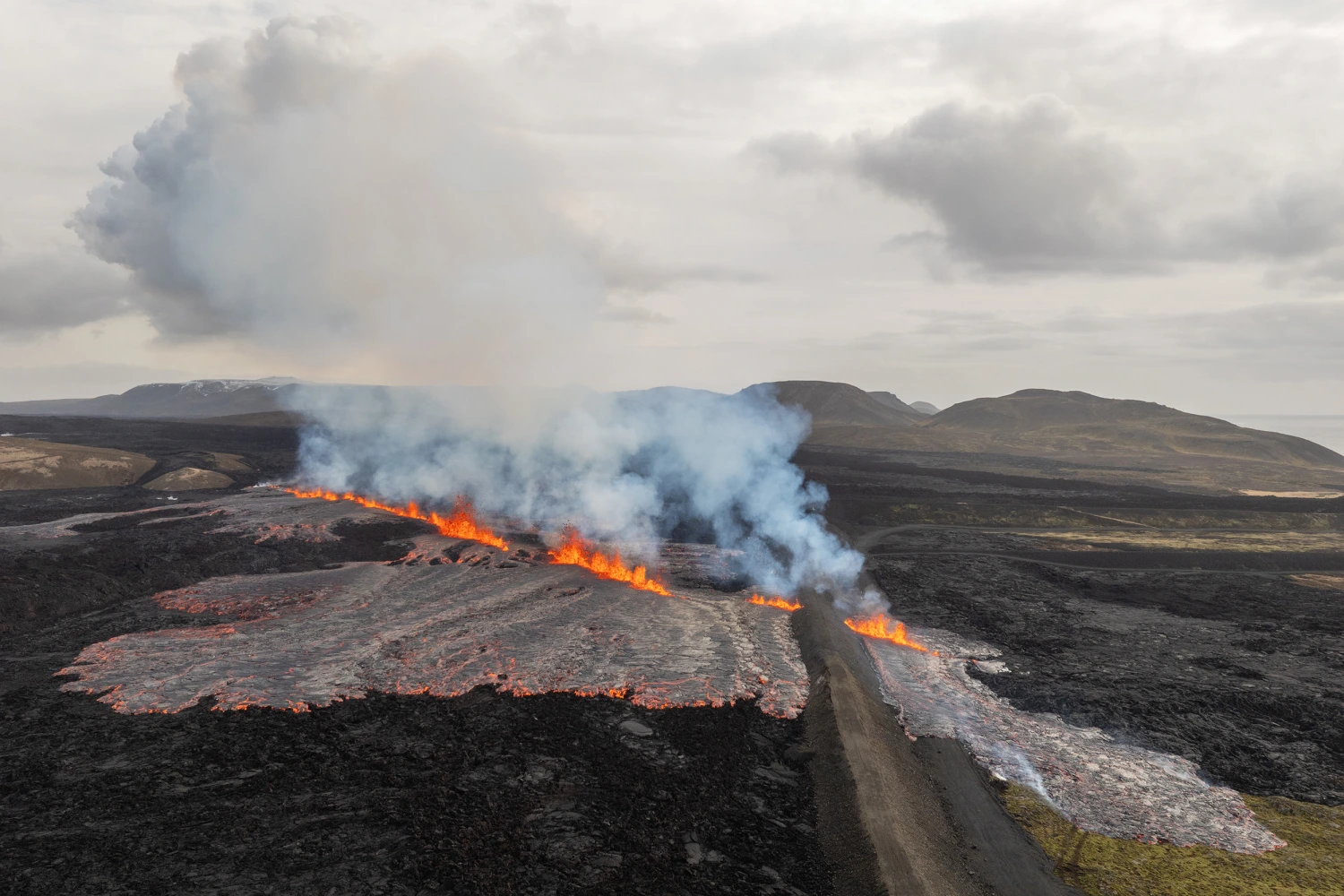As volcanic activity surged beneath the surface of Iceland, the nation braced itself for an eruption that would captivate both scientists and the public alike. The island, known for its dramatic landscapes shaped by geothermal forces, had been experiencing increased seismic activity, prompting experts to monitor the situation closely.
Among the most notable features of Iceland’s geology are its numerous volcanoes, which have erupted frequently over the centuries, sometimes with devastating effects. This particular event, however, was anticipated to provide invaluable data for researchers seeking to understand volcanic behavior better.
Iceland’s frequent volcanic eruptions offer crucial insights for researchers aiming to unravel the complexities of volcanic behavior.
The moment the eruption commenced, it released a spectacular display of lava and smoke, sending plumes high into the atmosphere. Witnesses described the sight as both awe-inspiring and terrifying, with fiery lava fountains shooting into the sky and clouds of ash swirling above.
Local resident Björn Jónsson stated, “It felt like watching a force of nature that was both beautiful and frightening at the same time.” This duality of perception is common among those living near active volcanoes, where the threat of destruction coexists with the fascination of natural wonder.
In the days following the eruption, scientists flocked to the site, equipped with instruments to measure gas emissions, temperature, and the flow of lava. Dr. Elin Sigurdardottir, a volcanologist from the University of Iceland, remarked, “This eruption provides a unique opportunity to analyze how magma interacts with the Earth’s crust and atmosphere.”
The data collected during this event could enhance understanding of volcanic systems, potentially improving early warning systems for future eruptions.
As the eruption continued, authorities took precautions to protect local communities, issuing evacuation orders and establishing no-fly zones. Experts warned that volcanic ash could disrupt air travel, a concern that echoed the 2010 Eyjafjallajökull eruption, which resulted in one of the most significant air traffic disruptions in history.
Residents were advised to stay indoors, and masks were distributed to mitigate the effects of inhaling volcanic ash.
Despite the challenges posed by the eruption, many Icelanders expressed a sense of resilience and unity. As communities rallied to support one another, they also recognized the importance of living in harmony with nature’s unpredictable forces.
The eruption served not only as a reminder of nature’s power but also as a reflection of humanity’s enduring spirit in the face of adversity.














